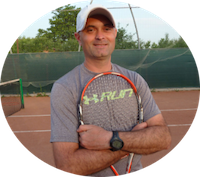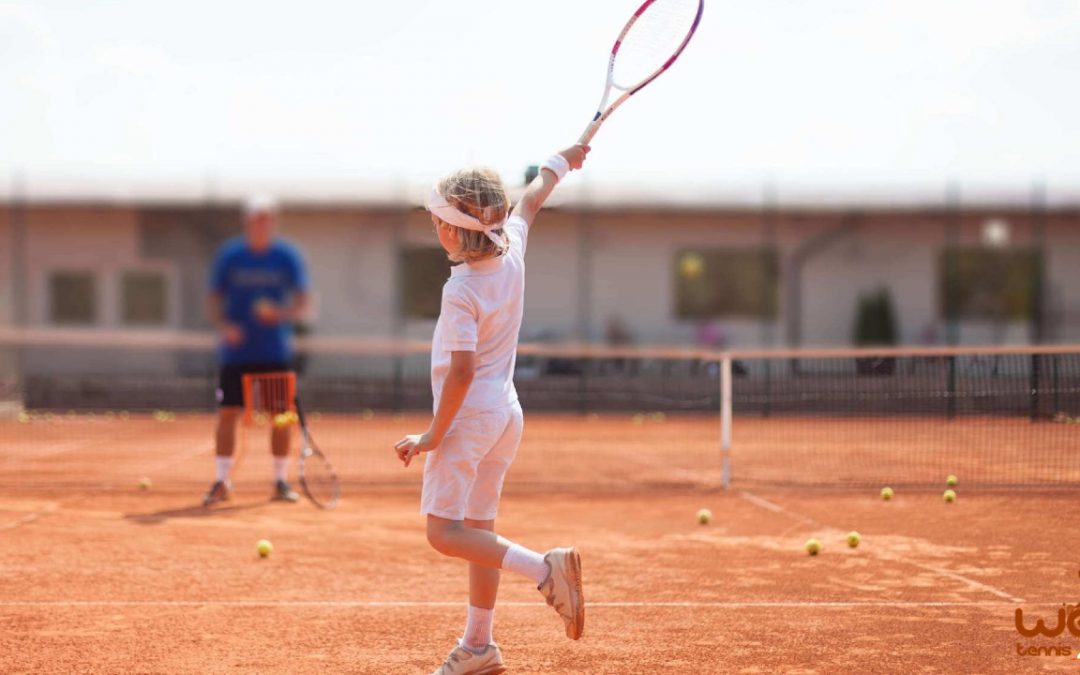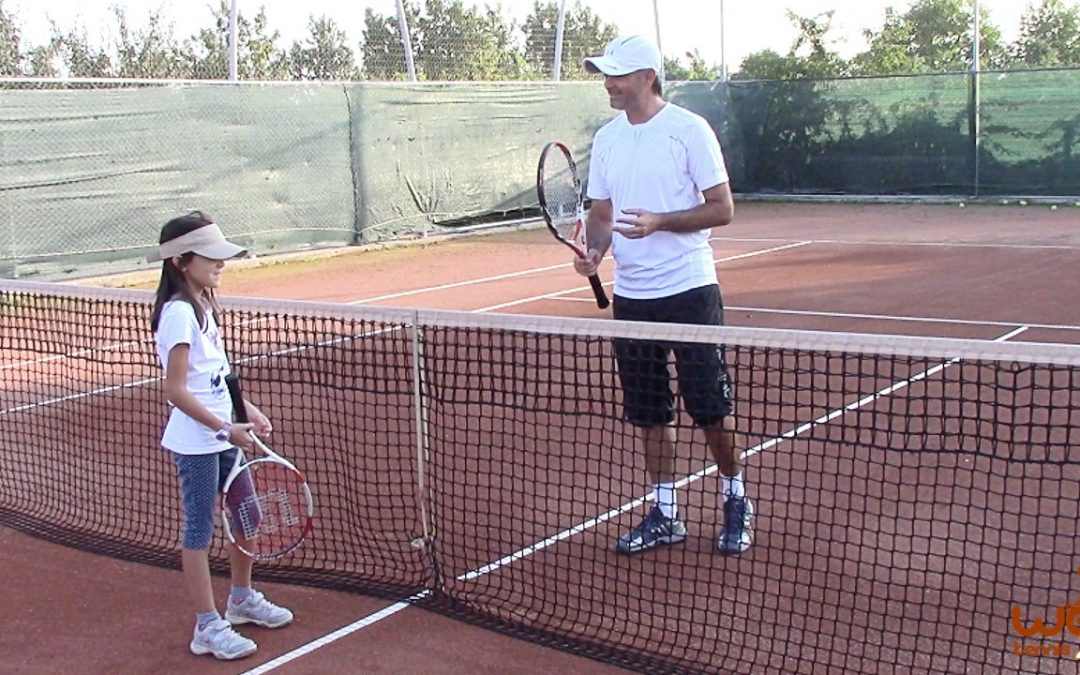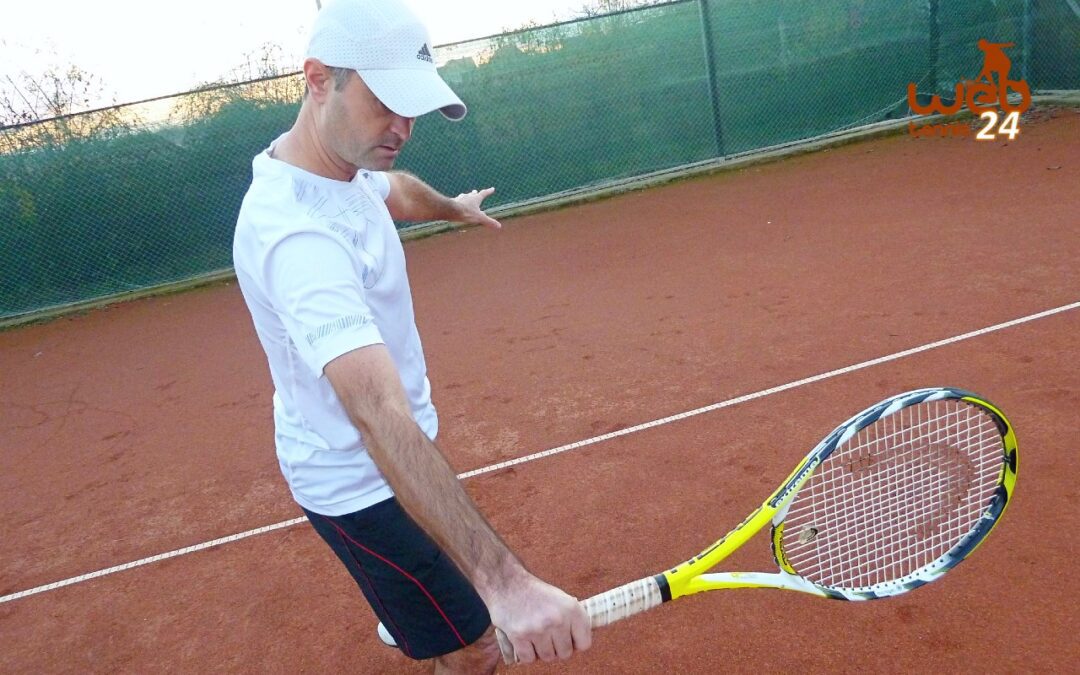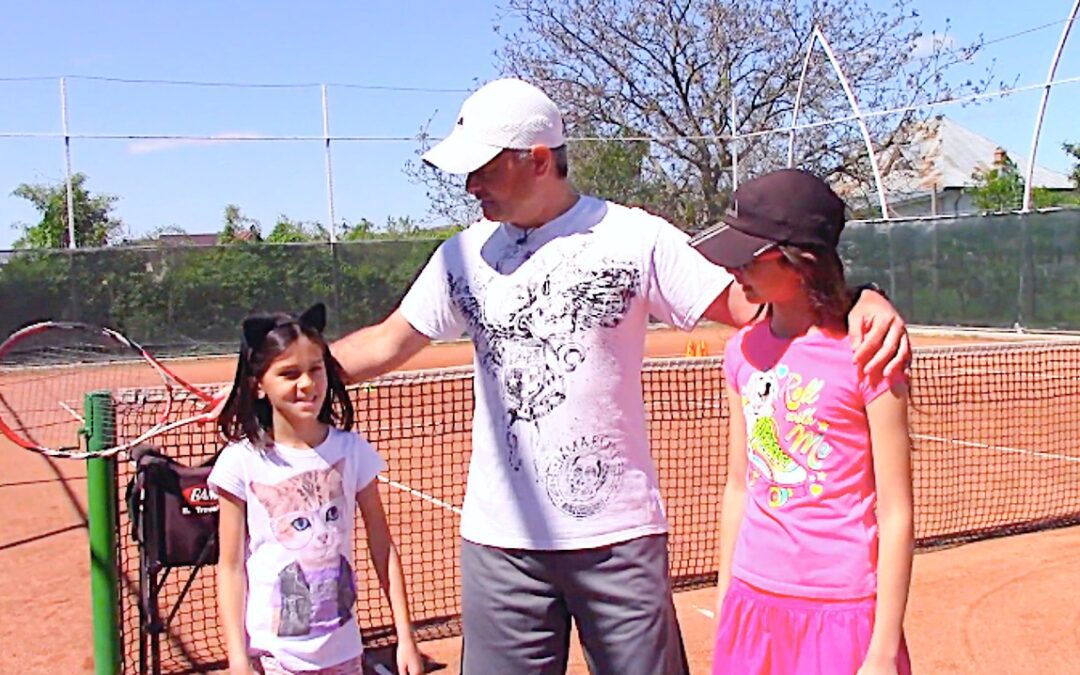The idea to write this article came to me as I was watching a YouTube video of a 9-year-old tennis “prodigy” girl…
This particular video was the last drop in the bucket for me regarding a debate that is kind of taboo for a lot of parents and coaches.
If you are a tennis parent or coach you might want to stick with me and read this article all the way.
For those who don’t know me, I am a tennis coach and I have been teaching tennis since… I was a kid. I have always loved teaching and sharing my knowledge with anyone willing to learn and improve.
But this is not about me. This is about a debate that seems to be a sensitive subject for many. It is about whether parents should PUSH their kids to pursue a certain sport…
It’s a great scenario when your child loves a sport, let’s say tennis, and they are motivated to improve and cannot wait to get on the tennis court.
But there is also a scenario in which you, a parent, love a certain sport, let’s say tennis :), and you see your child has no drive, no desire to practice the sport, even though they have talent and you know that by practicing the sport they will benefit tremendously later on in life.
During my tennis teaching career, I have met and taught countless adults who confessed that they wish their parents would have “pushed” them to stick with tennis when they were kids. They are aware that when they were young they had other hobbies that were more comfortable for them like hanging out with friends, watching TV, playing video games, etc. Those distractions did not account for a more enjoyable life later on.
Now, as a parent myself, I am put in a situation where I have to guide my two daughters (7 and 5 years old) on whether they should pick up tennis or not.
As a tennis coach, I would hate to have any of my daughters 20 years from now ask me why I did not teach them the sport I am so knowledgeable about.
I would hate to know that I have the necessary skills to give my children the gift of a healthy habit (playing tennis) and not do it.
My problem is the following (and I am sure a lot of parents and coaches have this dilemma): my kids are not “crazy” about playing tennis!
My kids would rather just hang around with their friends all day, watch TV, and/or indulge in short-term fun activities like playing online video games… As a parent, I am aware that a few years from now they will find these activities do not provide a healthy lifestyle for them.
So the BIG question is should I, as a parent and a coach, step up and “push” my kids into playing the sport I am very proficient in?
Before I give you MY answer I would like to give YOU some arguments:
– I’ve seen and heard the opinion of many parents stating that kids should be given options and let them choose.
I think it is a very wise decision. But what if… while you give your child the many options, you and your child, actually focus on at least one sport that you are sure your kid will benefit from in the future? Something like running, swimming, basketball, tennis, surfing, ice skating… These are sports that they can practice for the rest of their life. These are sports that will allow them to stay in shape even after the age of 30, 40 or older. What if we “push” our kids to learn a sport they can practice for the rest of their lives?
As much as I think playing American football, soccer, or baseball is great and teaches them discipline, hard work, and team play, these sports are kind of “dead” for them (as far as the possibility of continuing practicing them) after the age of 25…
On the other side, if we just let kids experiment with all the sports hoping that one day they will stick with one, they might end up knowing a little bit of every sport but not be good at any one…
– Think about how you were at the age of 7, 8, or 9… Were you aware of what would be good for you in ten, twenty, thirty years later? No, of course not. Therefore we, as parents, must present the future to our kids and describe the importance of doing sports and activities that could have an impact on them later on.
Even though Johnny loves to play online games, that will not help him be more sociable, driven, and outgoing in the future.
Having said that here are my opinions in regard to providing our children with skills that would help them become successful later on in life:
- Every kid should be given the opportunity to learn at least one foreign language.
- Kids should also learn how to dance (how many times have you gone to parties or social gatherings and envied the ones who were able to move gracefully to the music?).
- Every kid should, at some point, know how to defend themselves – get them into some self-defense classes.
- Children should be given the opportunity to learn how to play at least one musical instrument (piano, violin, guitar, etc.).
- Every kid should practice and be good at one sport. Why? Because in order to be good it takes dedication and perseverance. It is easy to begin a sport or anything else and… quit. But if we, as parents, encourage the kids to stick to a sport, they will learn that whatever they do and work hard at will become a habit and great things happen when we persevere.
With this said, I think that I should “push” my kids to learn tennis and have them learn from my knowledge to become as good tennis players as they can be. I am sure that whether they decide to stick with tennis or not, the skills they will learn from practicing and persevering in tennis will help them in life later on.
And I am sure of one thing: my kids will not tell me “Hey Dad, how come you did not teach us tennis?”
As I do this, I want to make sure that my kids learn a foreign language, play the piano (or guitar), take self-defense classes, and take dance lessons too.
Everything else… is up to them.
I would love your opinion on this. Please share this article and contribute with your feedback… Thank you.
Spend quality time with your child while teaching them a valuable sport. Enroll today in My Daddy / My Coach program!

